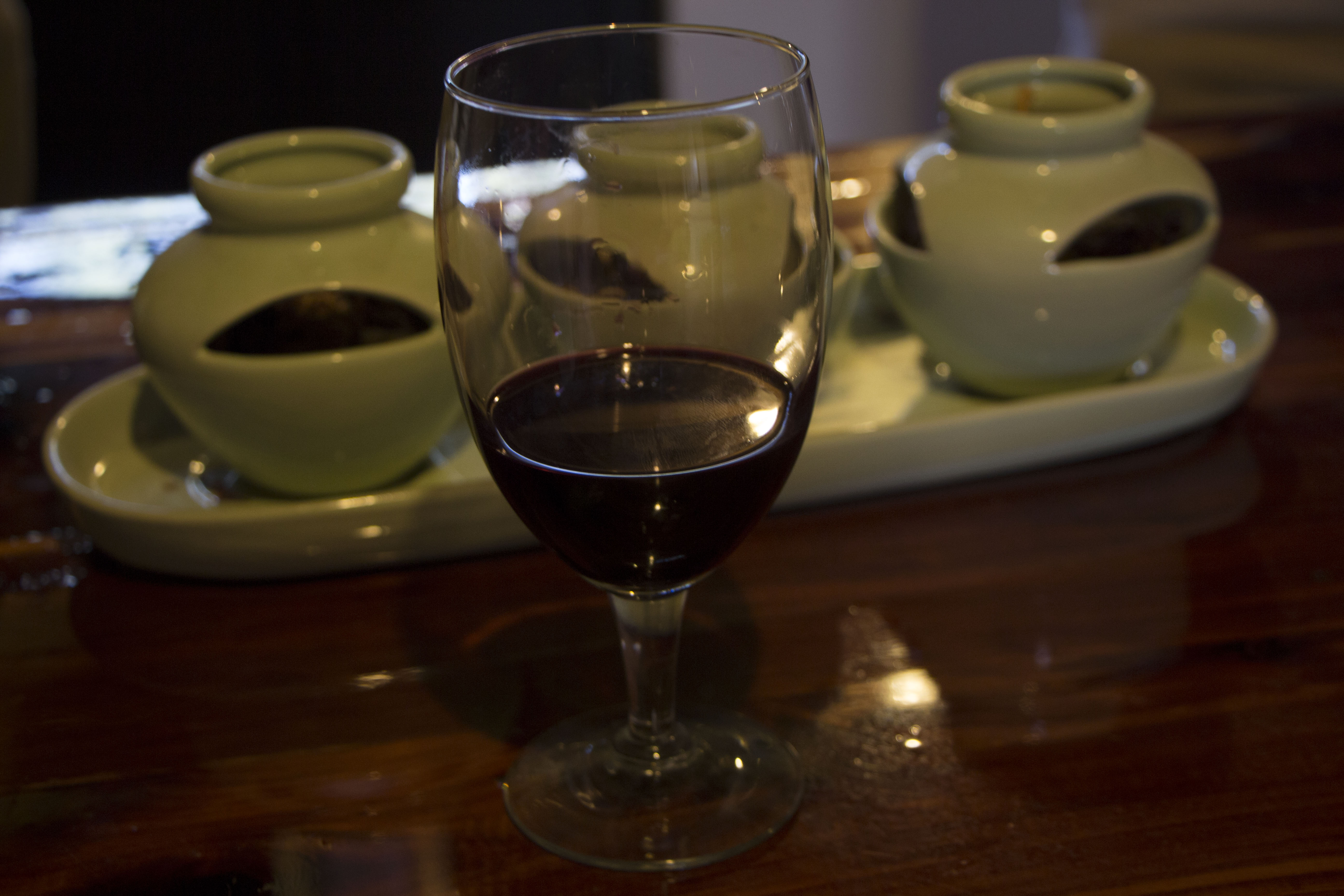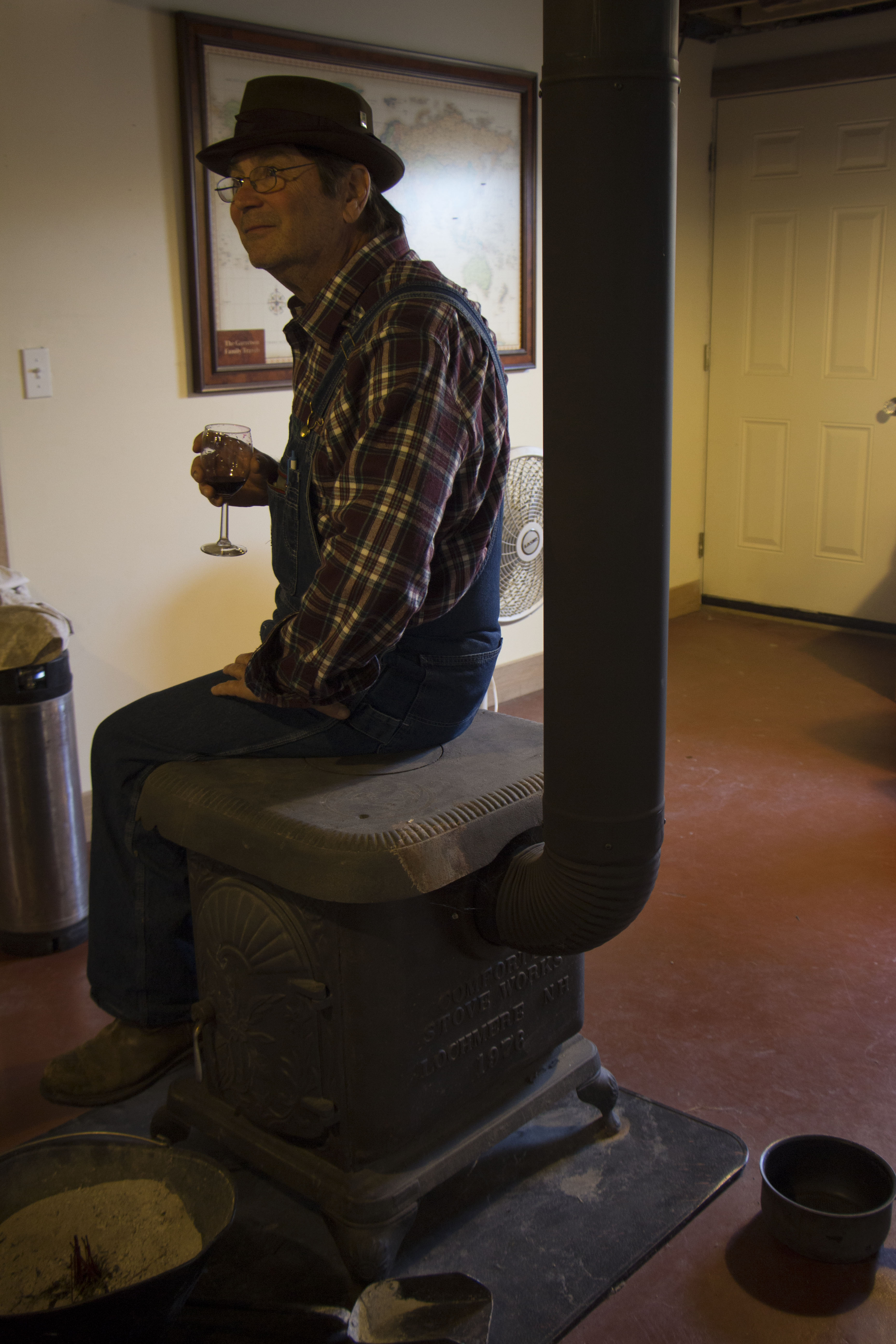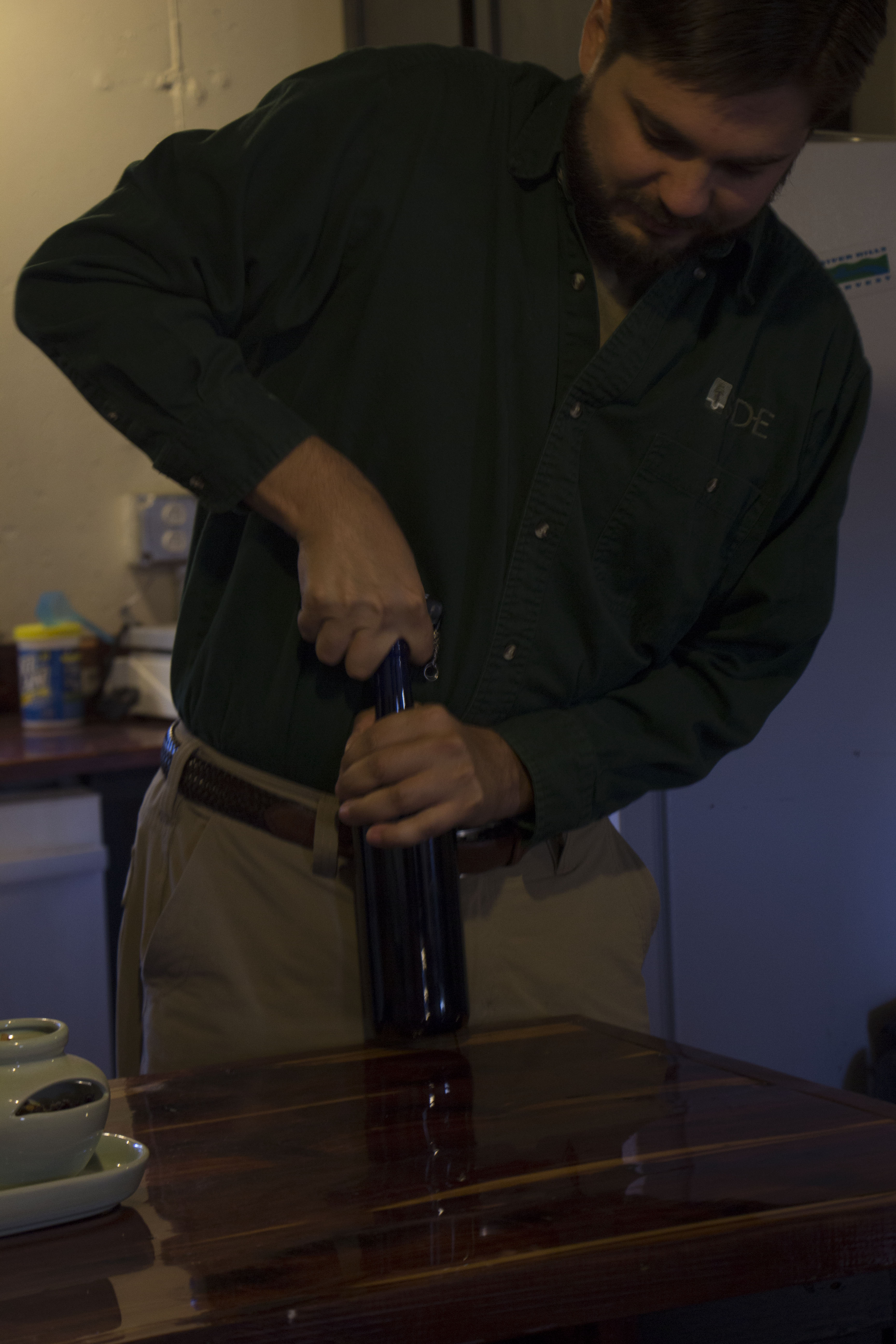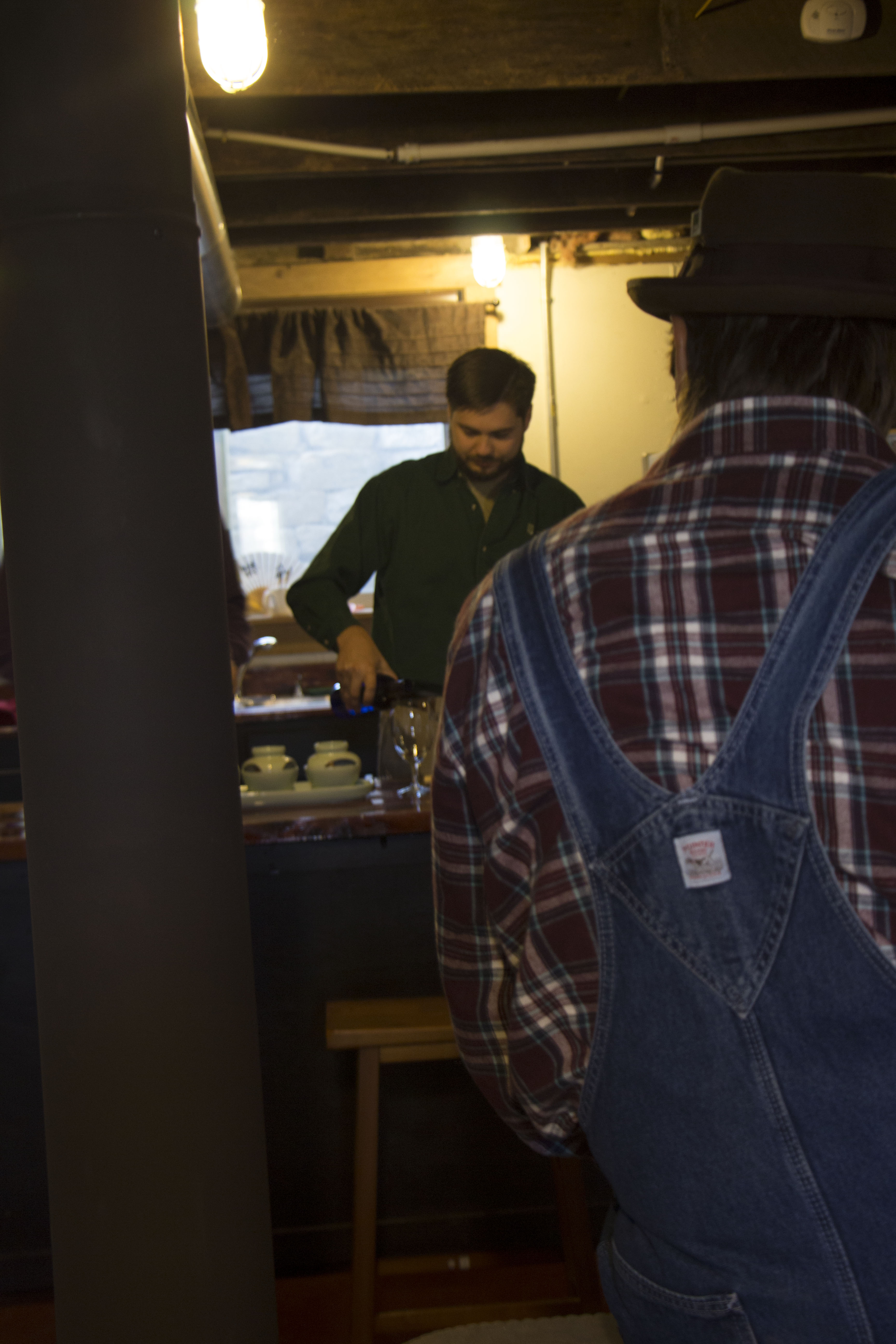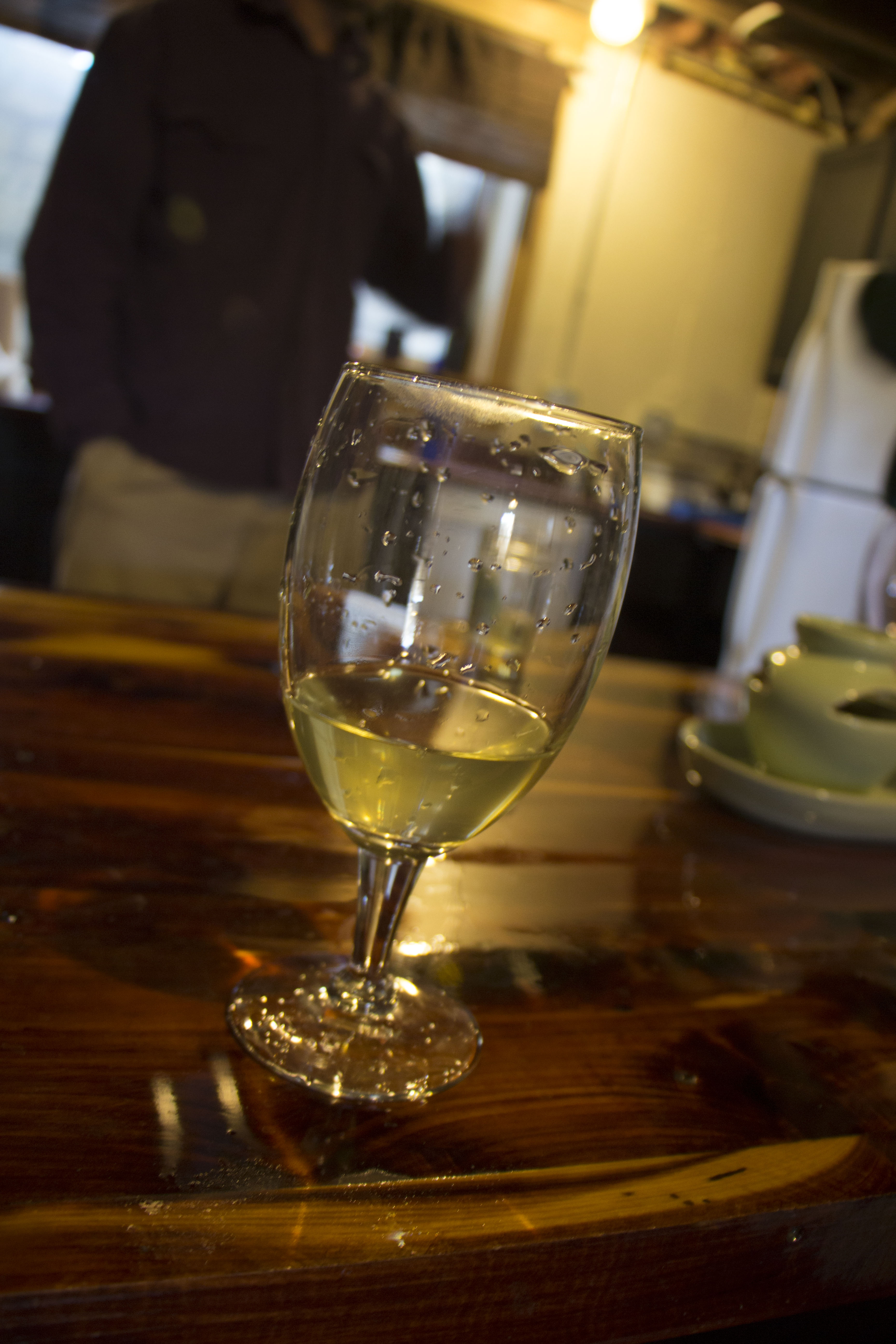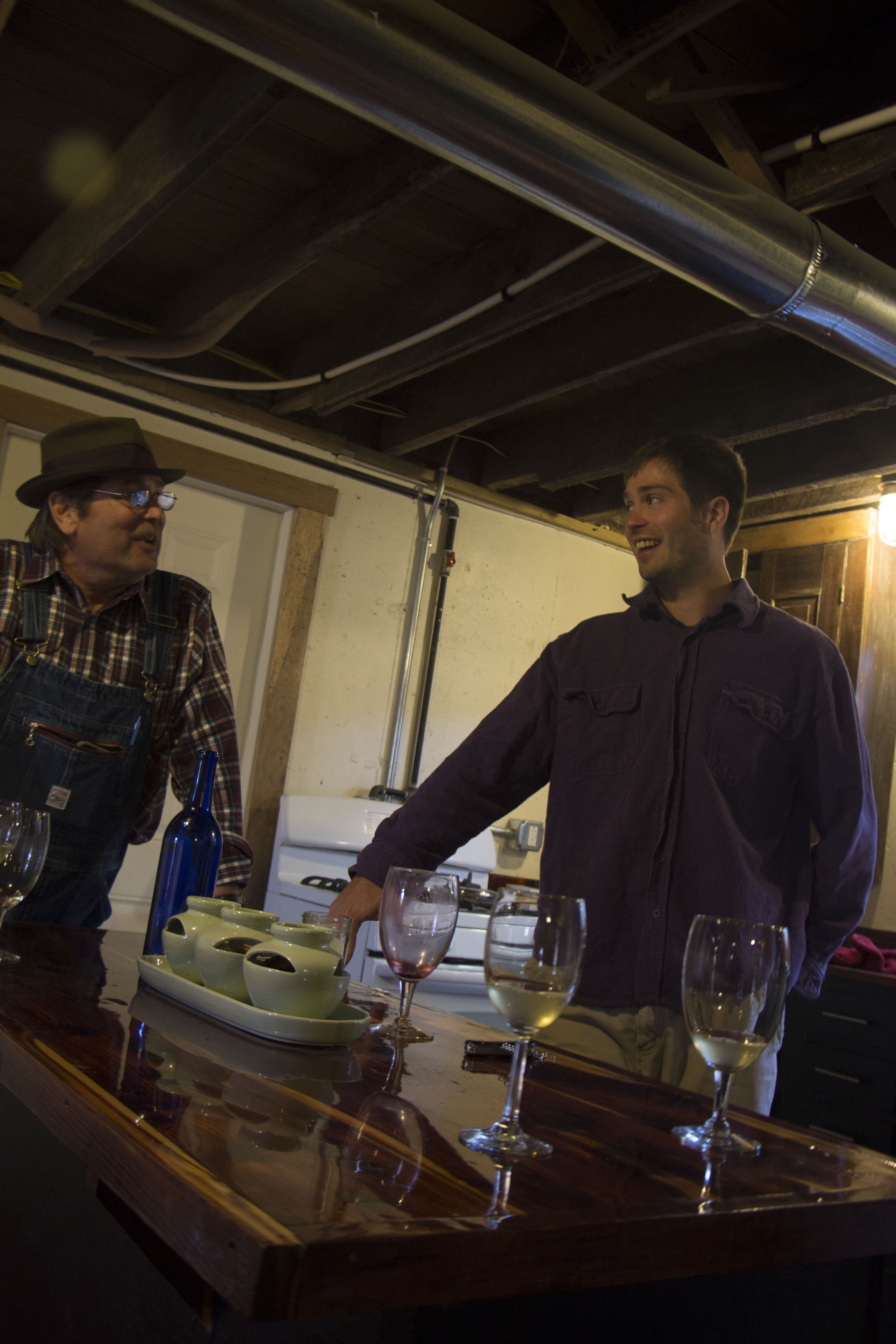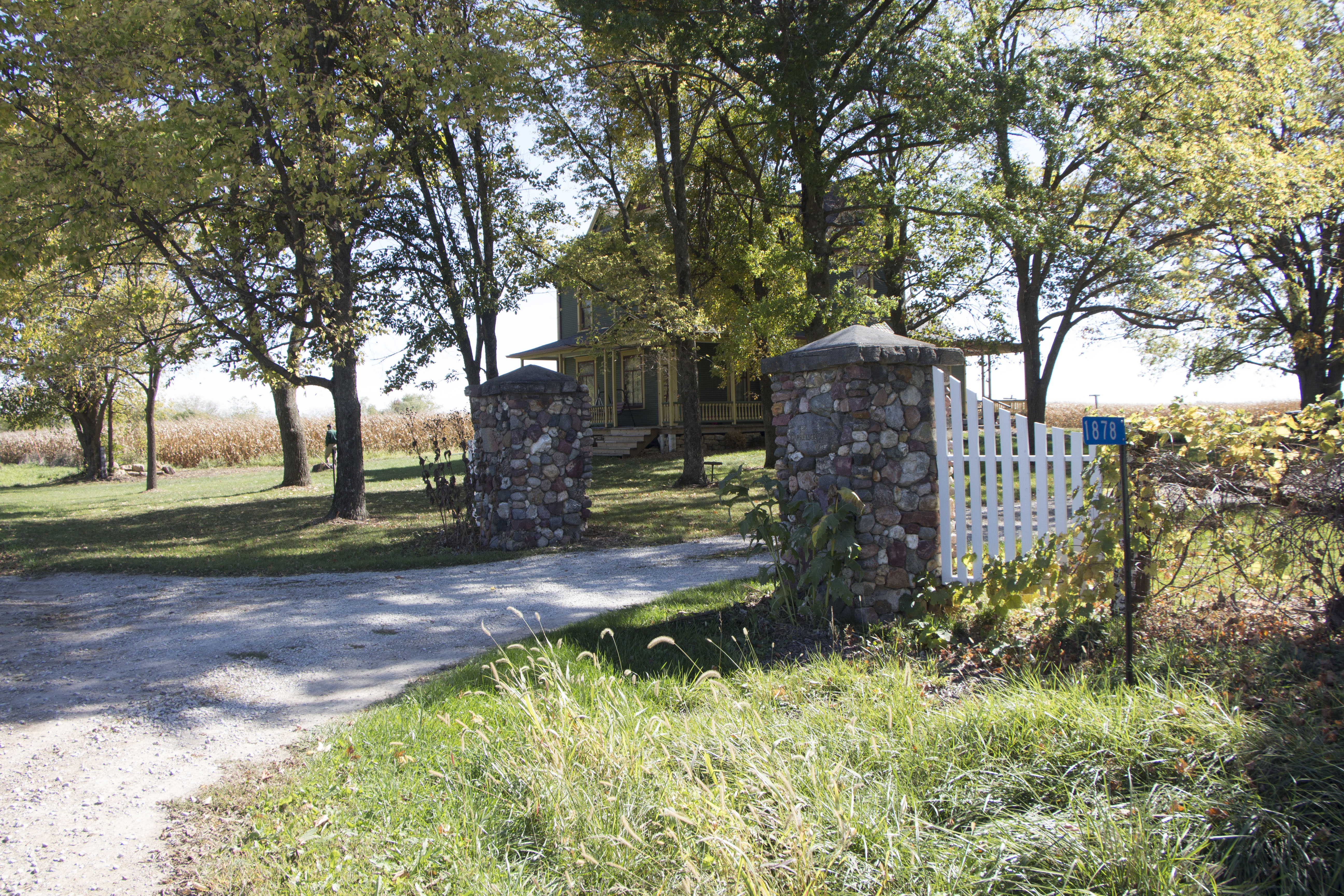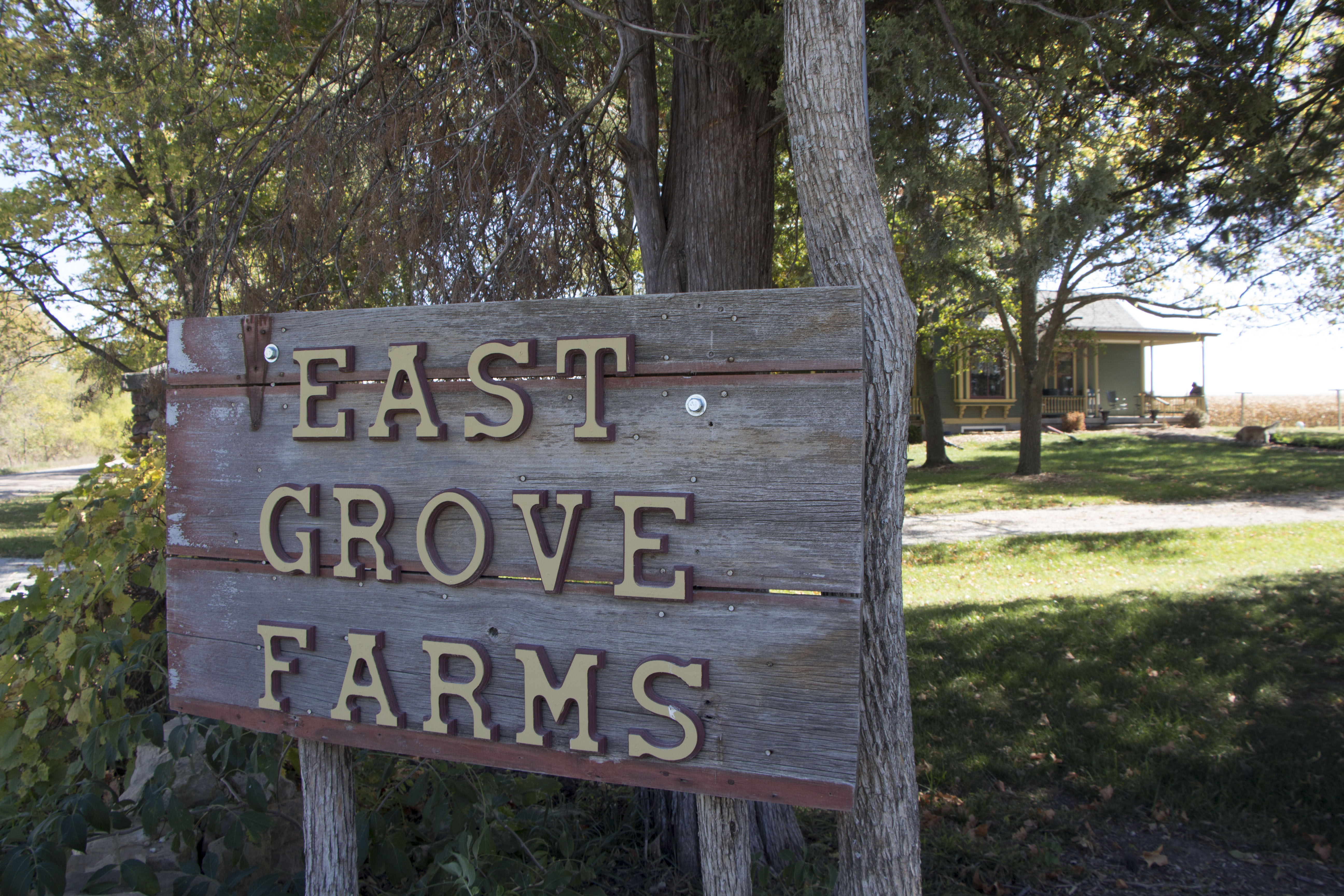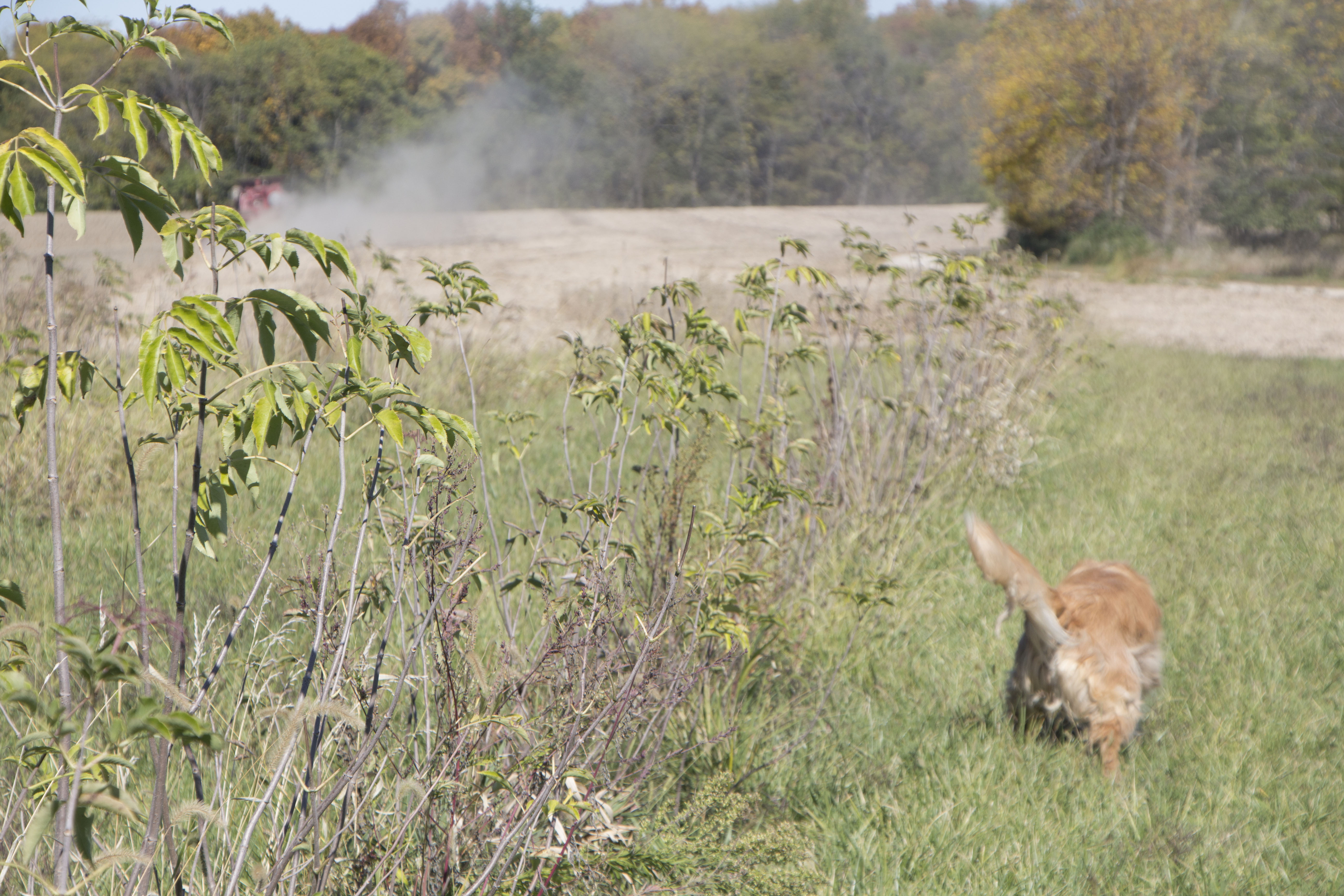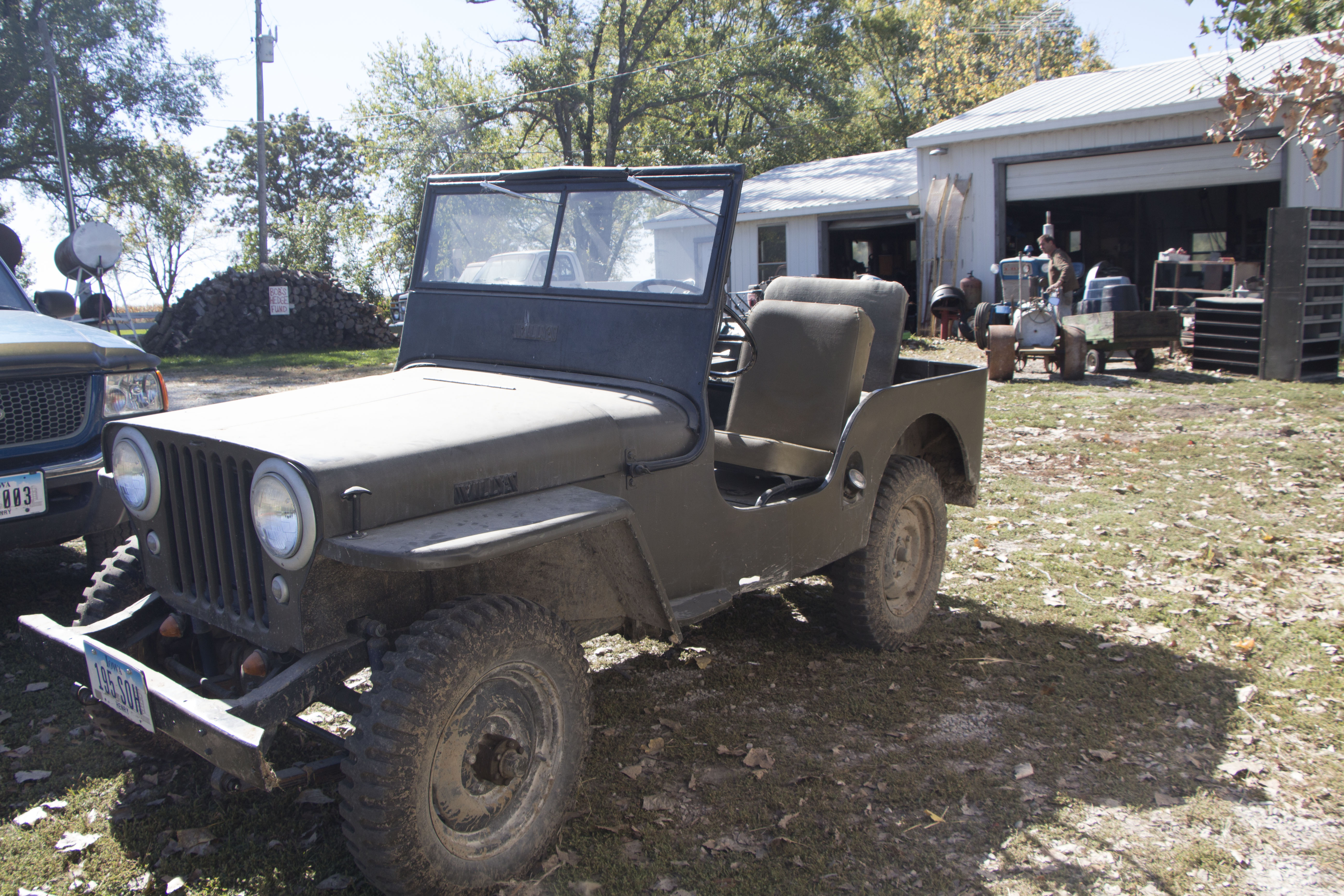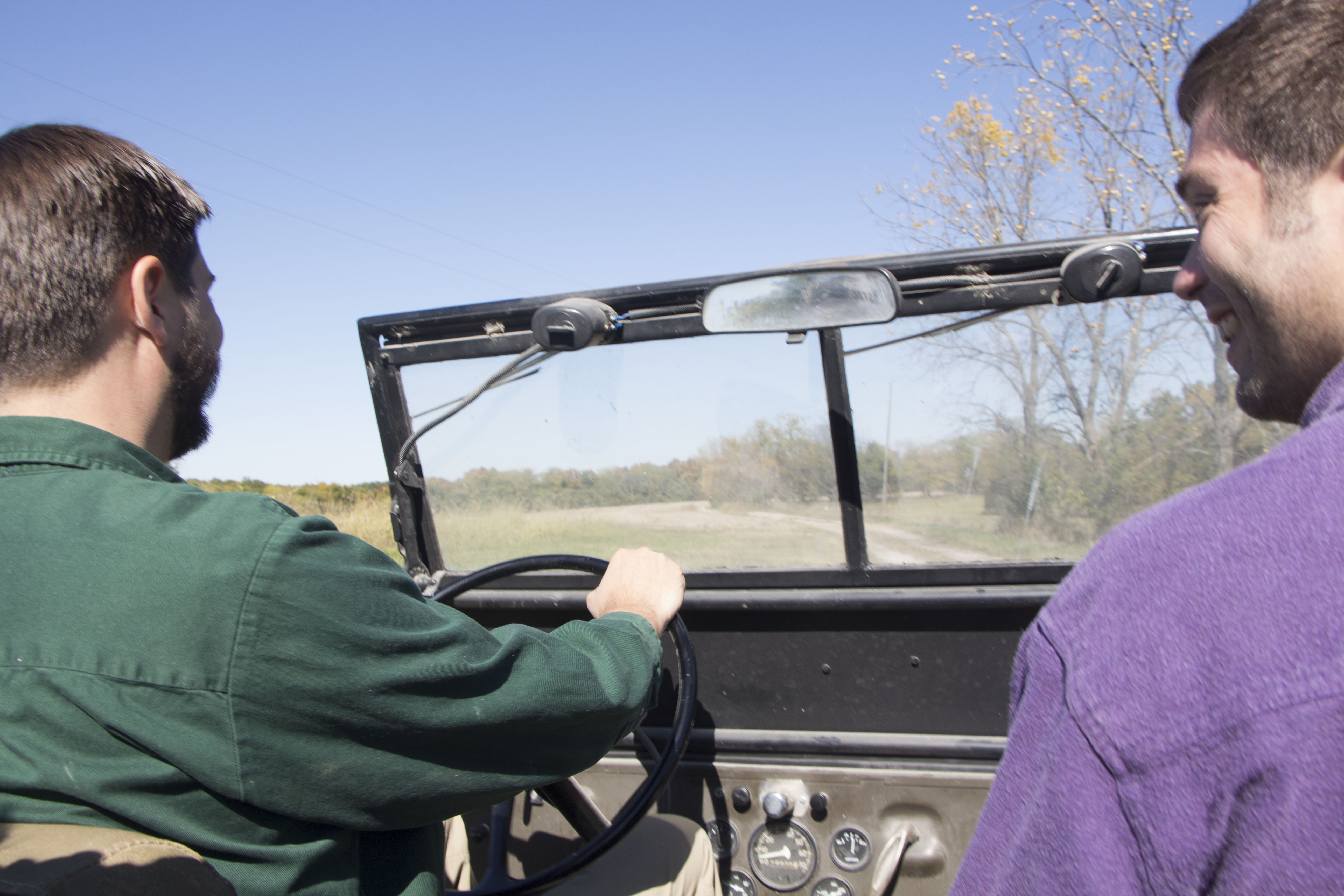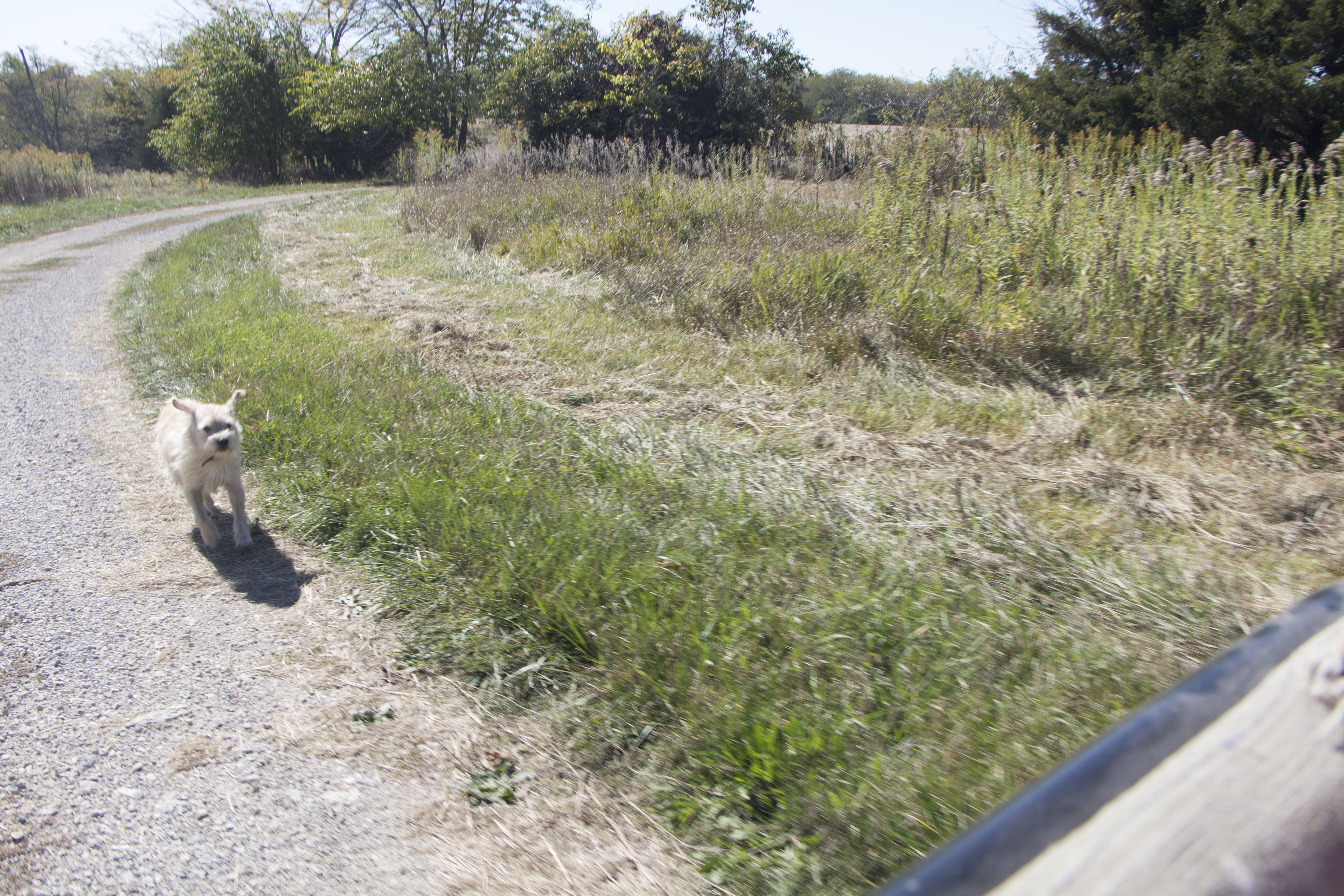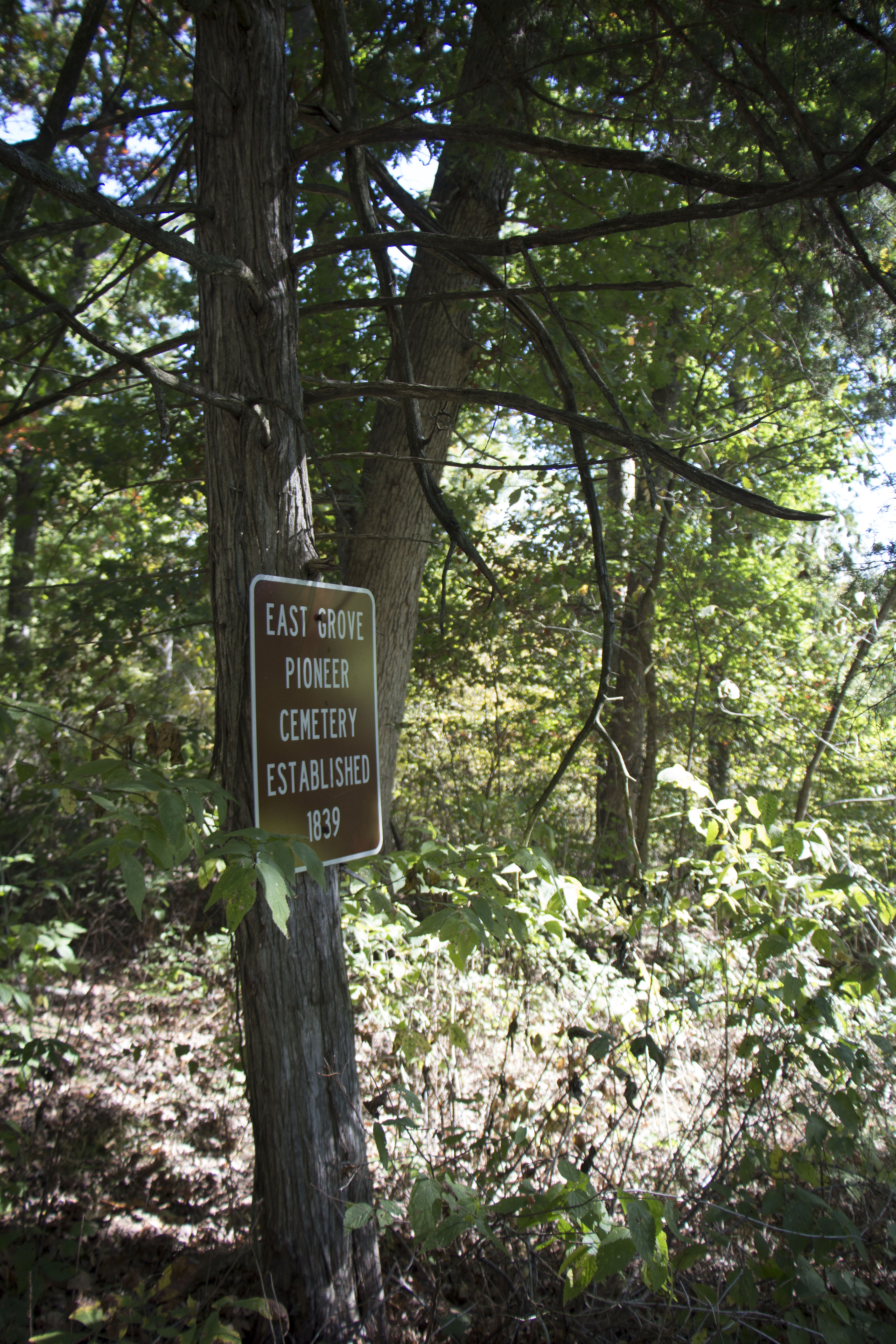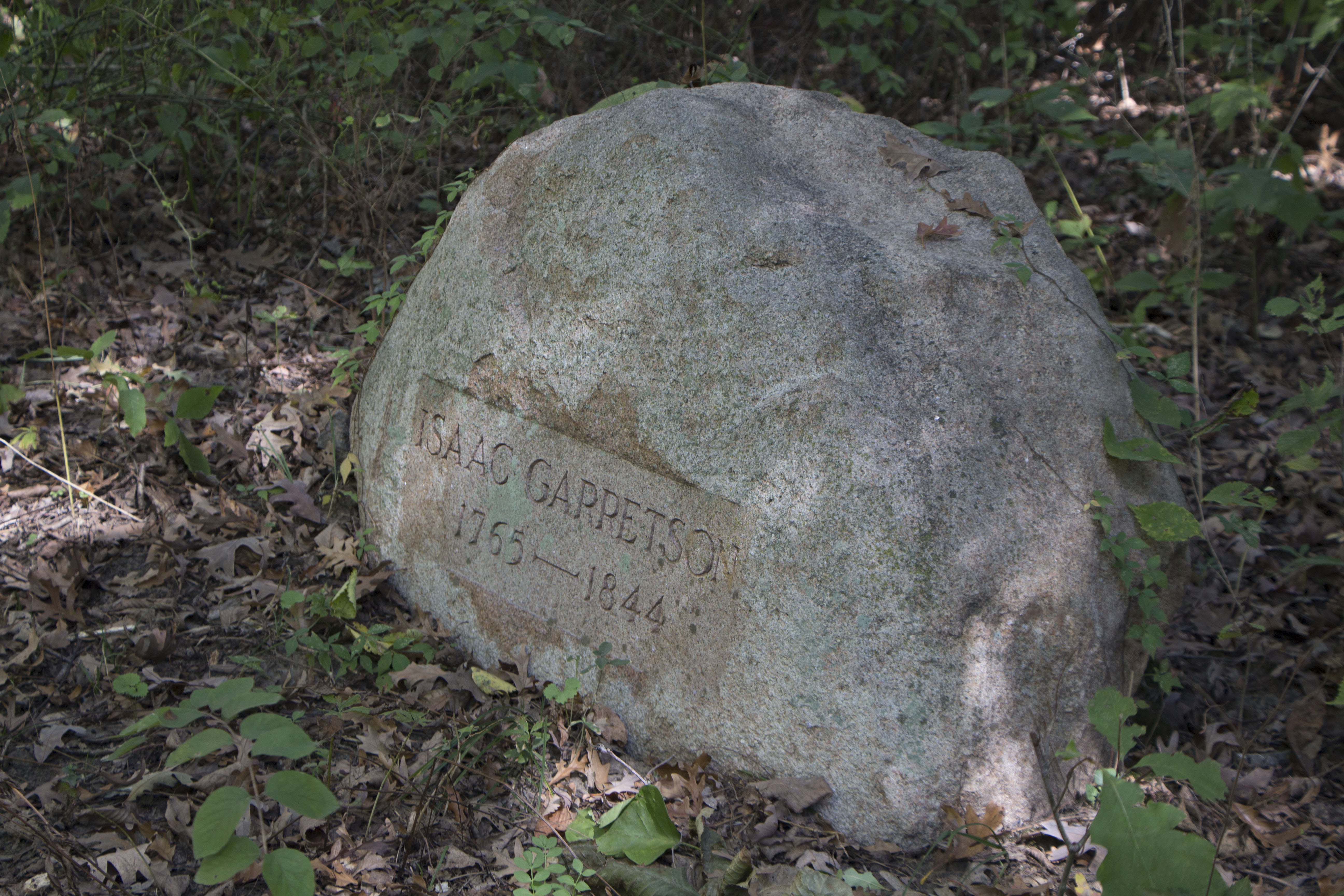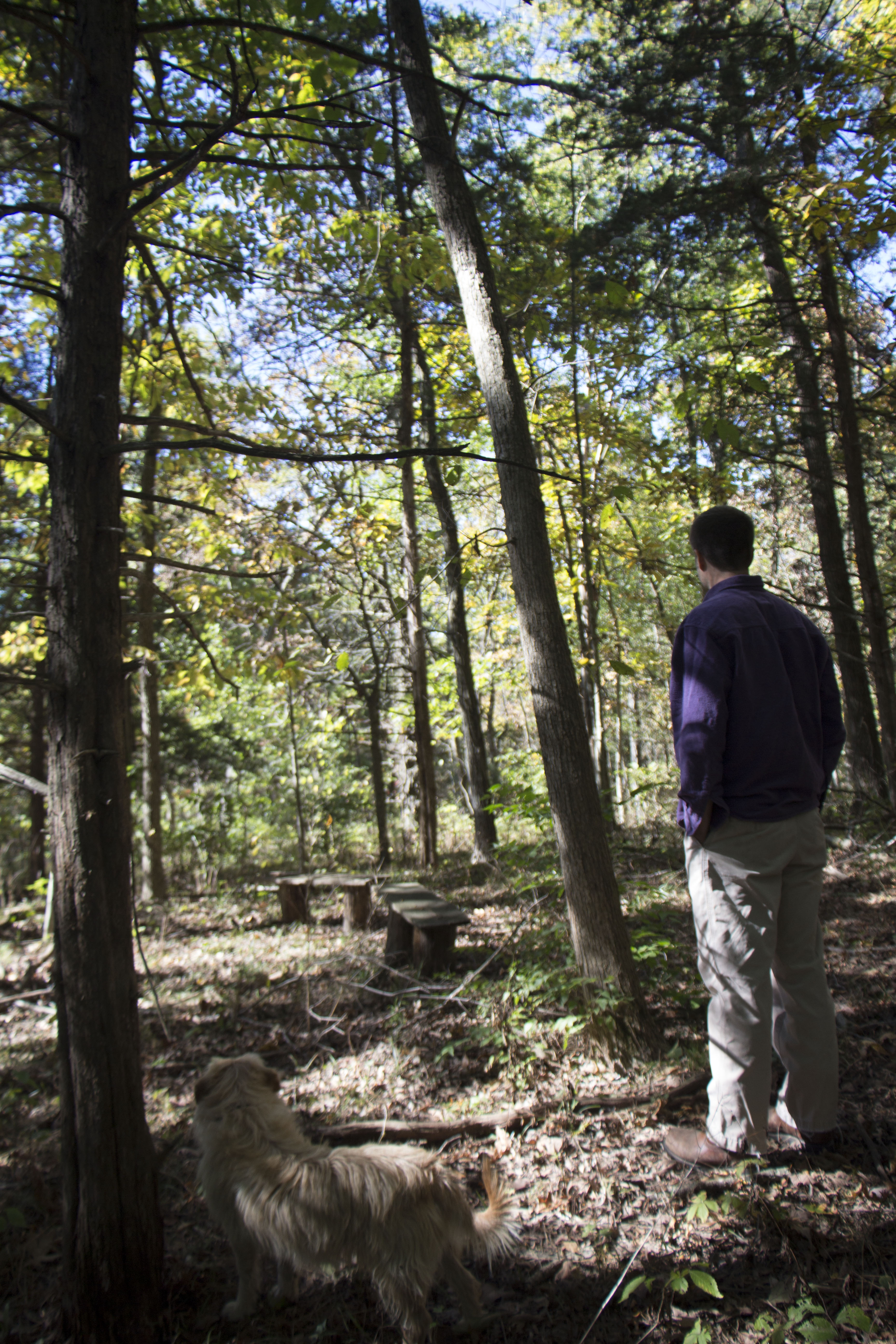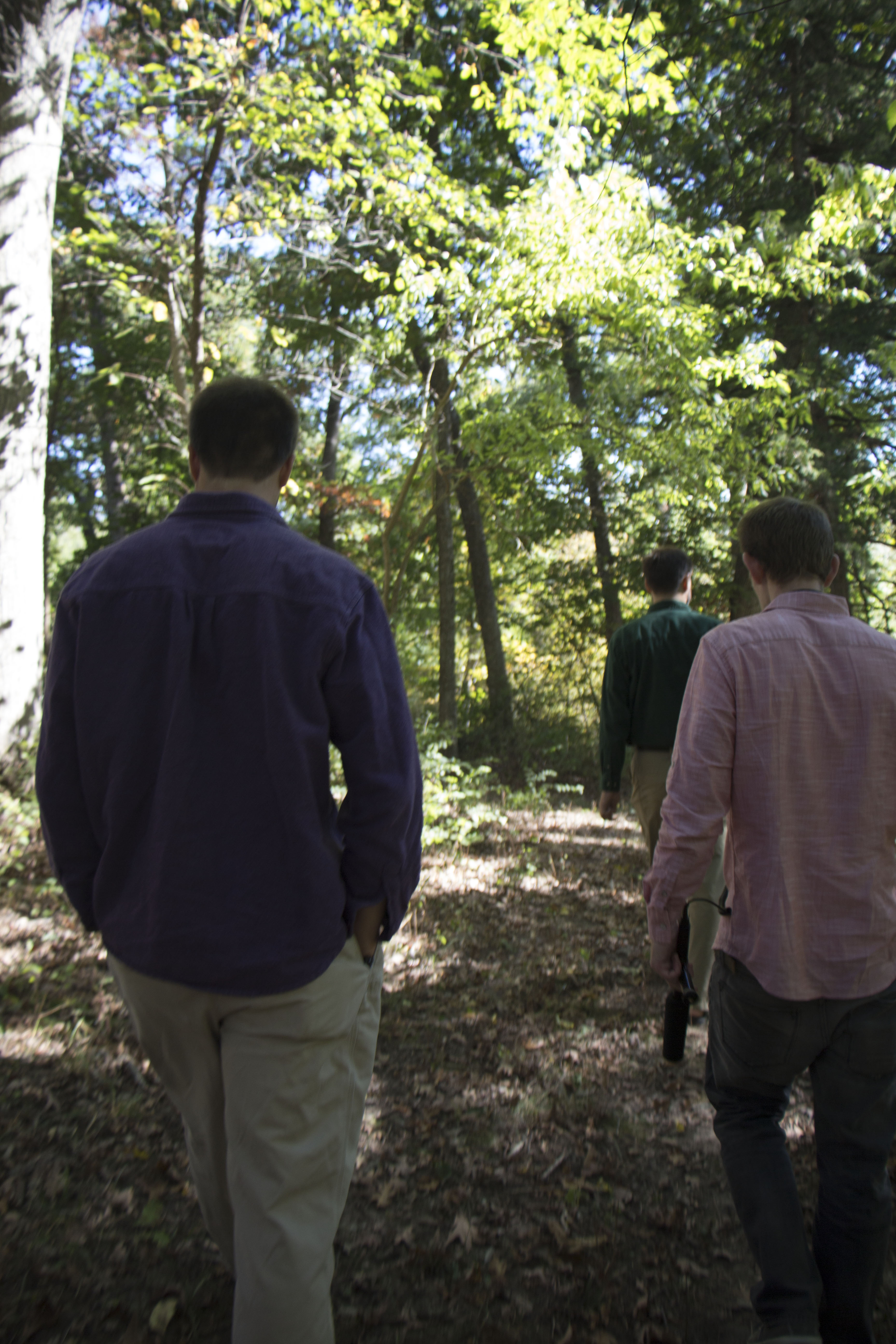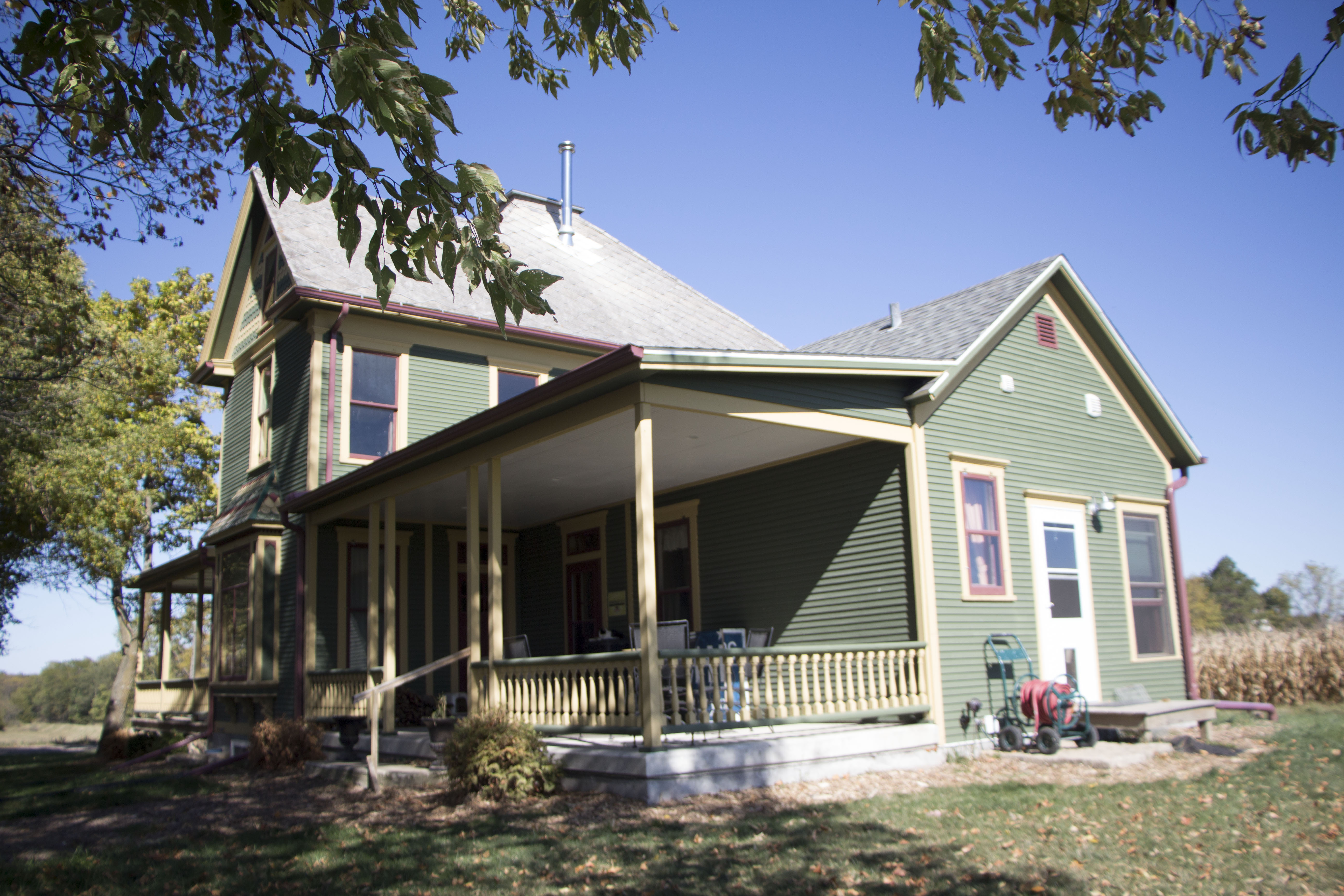Nestled in the Louisa county countryside is a winding road that leads to an acreage and an unassuming, small brown building. Contained inside that building is a blue walled tasting room filled with the aroma of oaky reds, floral whites, sweets, semi-sweets and more. This is Odessa Vineyards.
“We want to make this a destination, not just a stopping point along the way,” said Corey Nichols, co-owner of the vineyard. “We want them to say, ‘Ah, let’s go over there again that was a really wonderful experience and a good wine.”
Corey owns and operates the vineyard with his wife Tami. The couple began the venture in 2006 after careful consideration of what they could do with their land; starting a Christmas tree farm was a possibility, but they enjoyed the idea of a vineyard and winery more and decided to take classes at Des Moines area Community College to grow their knowledge base. The endeavor started with the planting of five varietals of grapes. Currently that number has risen to seven, comprised of both American and French-American hybrids. These grapes are then made into small batches of wine which are carefully quality controlled by the husband and wife team.
The Nichols said they have a humble goal for the growth of the vineyard and winery.
“We just want to have it be self-supporting by the time we both retire, so we can supplement our retirement income off of it and really enjoy what we’re doing with retirement,” said Corey. “We don’t want it to get huge; we don’t want it to get that big really, just something the two of us can manage.”
The couple doesn’t have employees. They do everything themselves from harvesting to bottling to working in the tasting room. Tami said in addition to the production of uniquely Iowan wines, their customers value that personal, hands-on approach.
“They don’t like to have the person behind the bar not know the wine, not know the vineyard, not know what’s going on in this winery,” she said. “We have the Iowa grapes and we make Iowa wines and that’s what they like to see too. They don’t like to see the cabernets and the merlots because that’s not from Iowa- that’s shipped in juice.”
Also adding to the appeal of the Odessa Vineyards is the relaxing atmosphere the couple worked to cultivate.
“We always try to talk to them and make them feel at home and have them ask questions,” Tami said. “You know the ones who felt really comfortable compared to the ones who, for some reason, didn’t enjoy the experience and there’s very few of those.”
Tami and Corey said they encourage new wine drinkers by not berating them with rules or making them feel bad about their taste preferences. Often they see customers, whose palettes change over time, moving from sweets to drier wines. However, they said it’s not a problem if that never happens.
“You don’t have to drink specific wine with specific food, and you don’t have to feel ashamed that you don’t know what’s going on,” said Corey. “Arrogance is unnecessary. You just want people to feel comfortable.”
Corey said his personal favorite wines they make at the vineyard are the dry, oaked reds, but the most popular is the sweet Randa’s Blush. For him, the most important element in the production of a good quality wine is a simple one.
“As long as you start with good quality grapes, the best thing you can do is maintain that quality product,” he said. “You’re not going to improve upon the grape at that point, but you just need to work at it so you don’t ruin the wine as you go along.”
The quality of other growers’ grapes has been a source of frustration for the couple when they need to buy grapes from elsewhere and find that the care they take with their own grapes is not mirrored in some other vineyards.
“We’re just the two of us so we’ve got a lot to do, and it’s hard for the winemaker or buyers to monitor what they’re doing and it’s unfortunate that a lot of them who have gotten into it haven’t done it correctly,” said Corey.
Despite this frustration, the Nichols said one of the most enjoyable parts of owning and operating a vineyard and winery is getting to meet other Midwestern wine professionals and swapping ideas. They said they look forward to the industry growing even more in Iowa and for the Iowa product to become better defined.
“We have so many different hybrids out here, so I think once we’ve matured enough that we get down to a handful of grapes that really everybody’s going to grow and make a good wine, I think we’ll grow even more at that point,” said Corey. “Up until now, we’re still sort of feeling our way around.”
Odessa Vineyards joined the Scenic River Wine tour in the past year, and they plan on expanding their marketing as they move forward.
“We both work full time elsewhere, so as we get to that point when we’re retiring then we’ll get out and do a whole lot more and maybe get involved in more of the wine industry,” said Corey.
In the meantime, the Nichols will continue to enjoy the experience of wine and sharing that experience with others.
“Wine really kind of brings people together,” said Corey. “There’s something exciting about opening a new bottle of wine with friends- you never know when you open the next bottle what it’s going to be like.”
